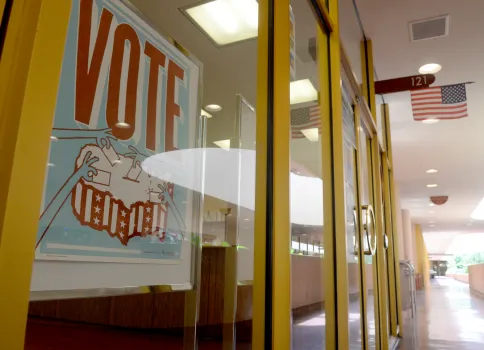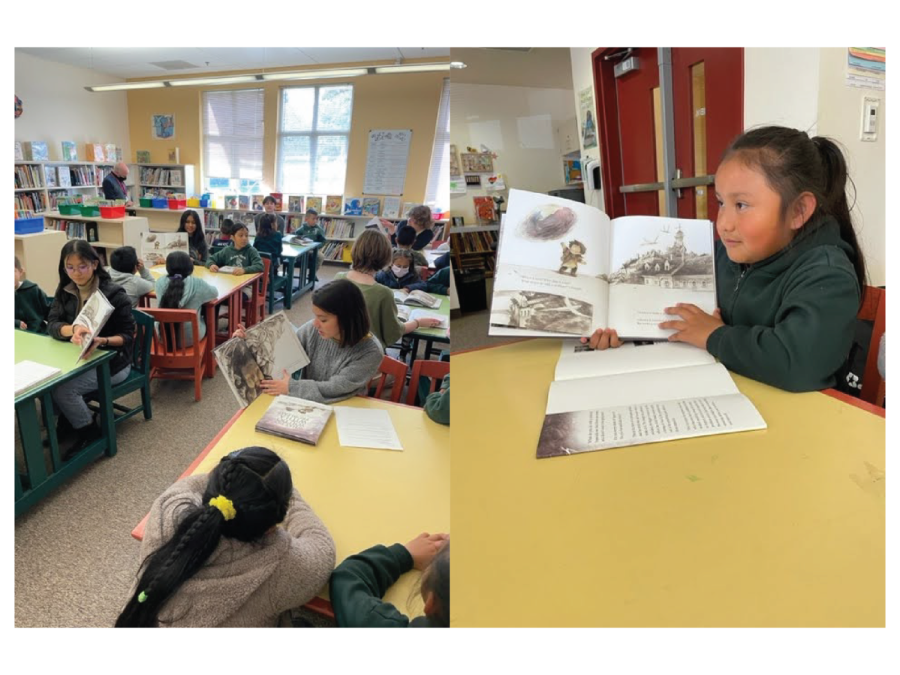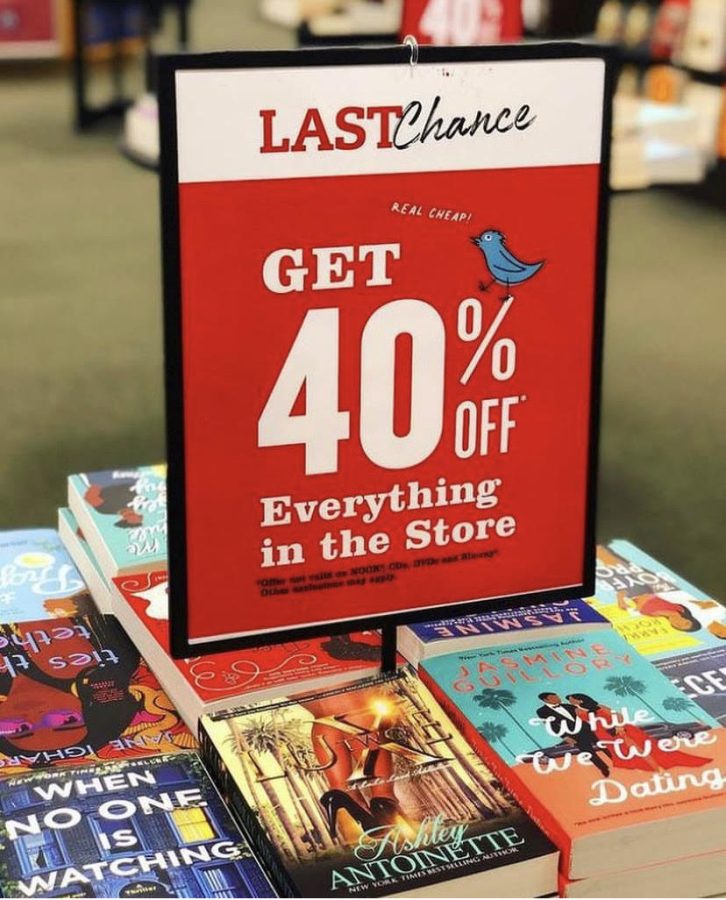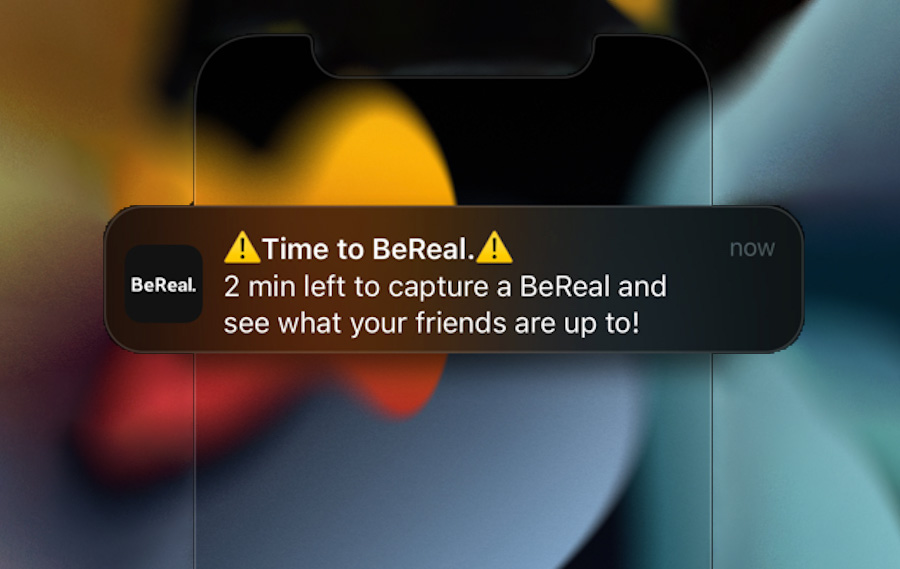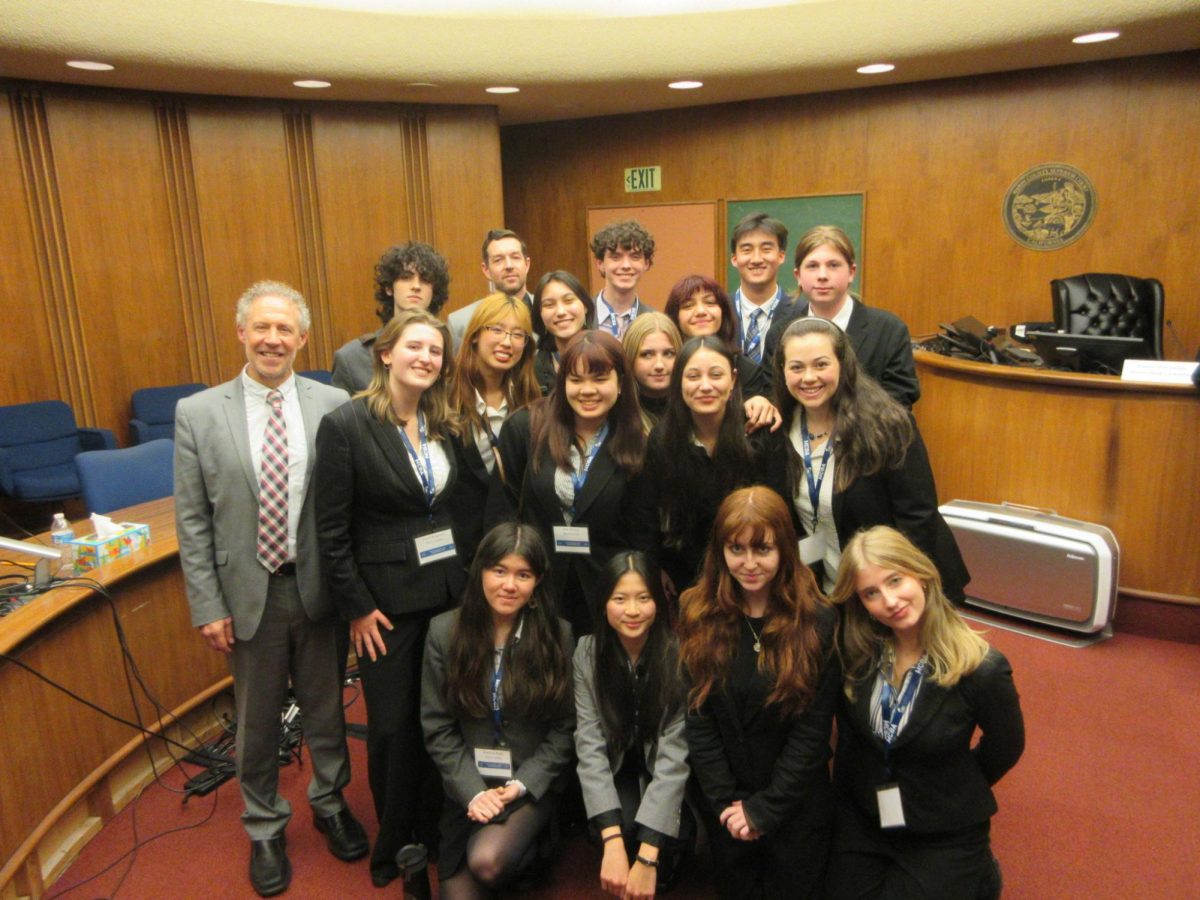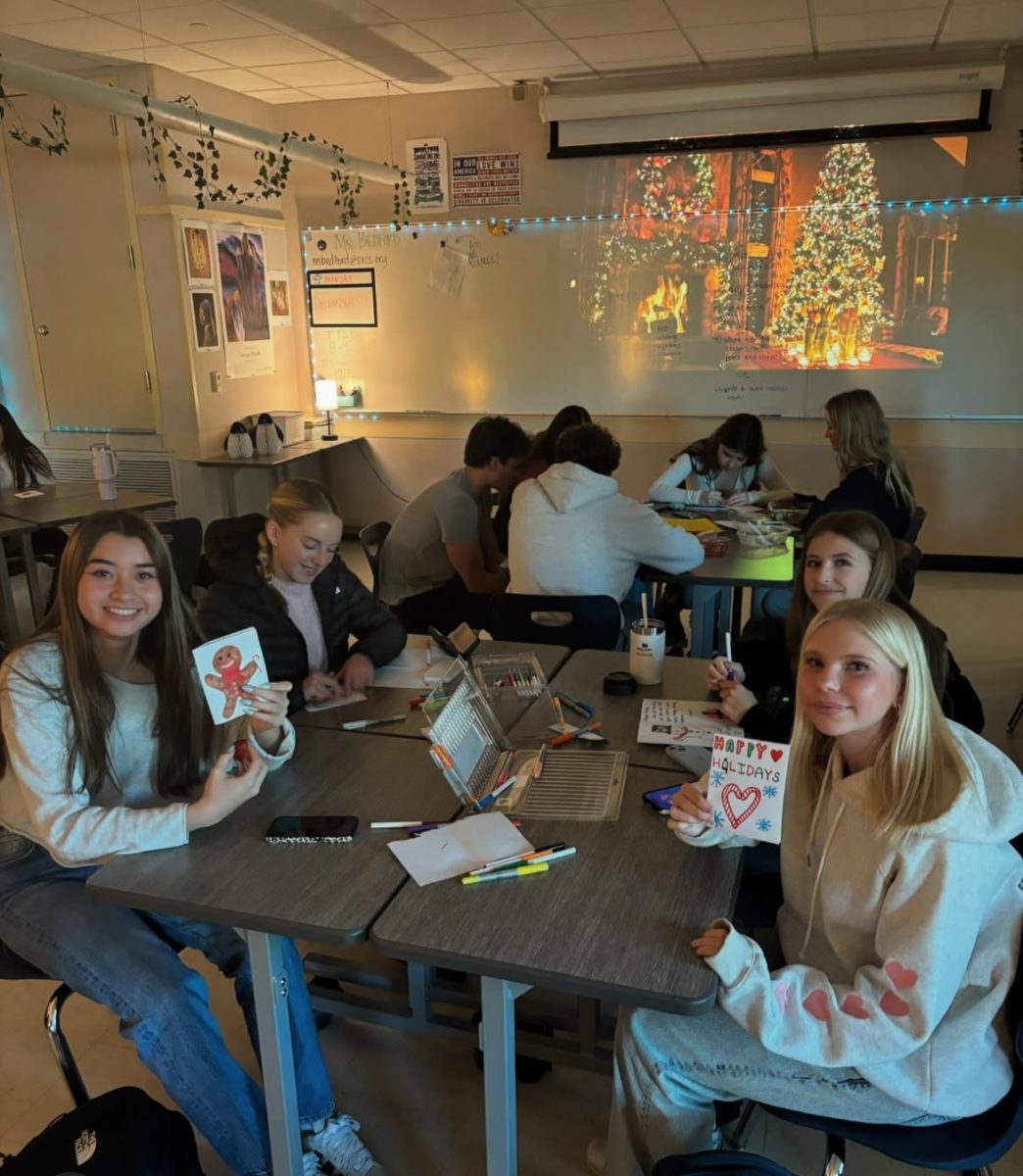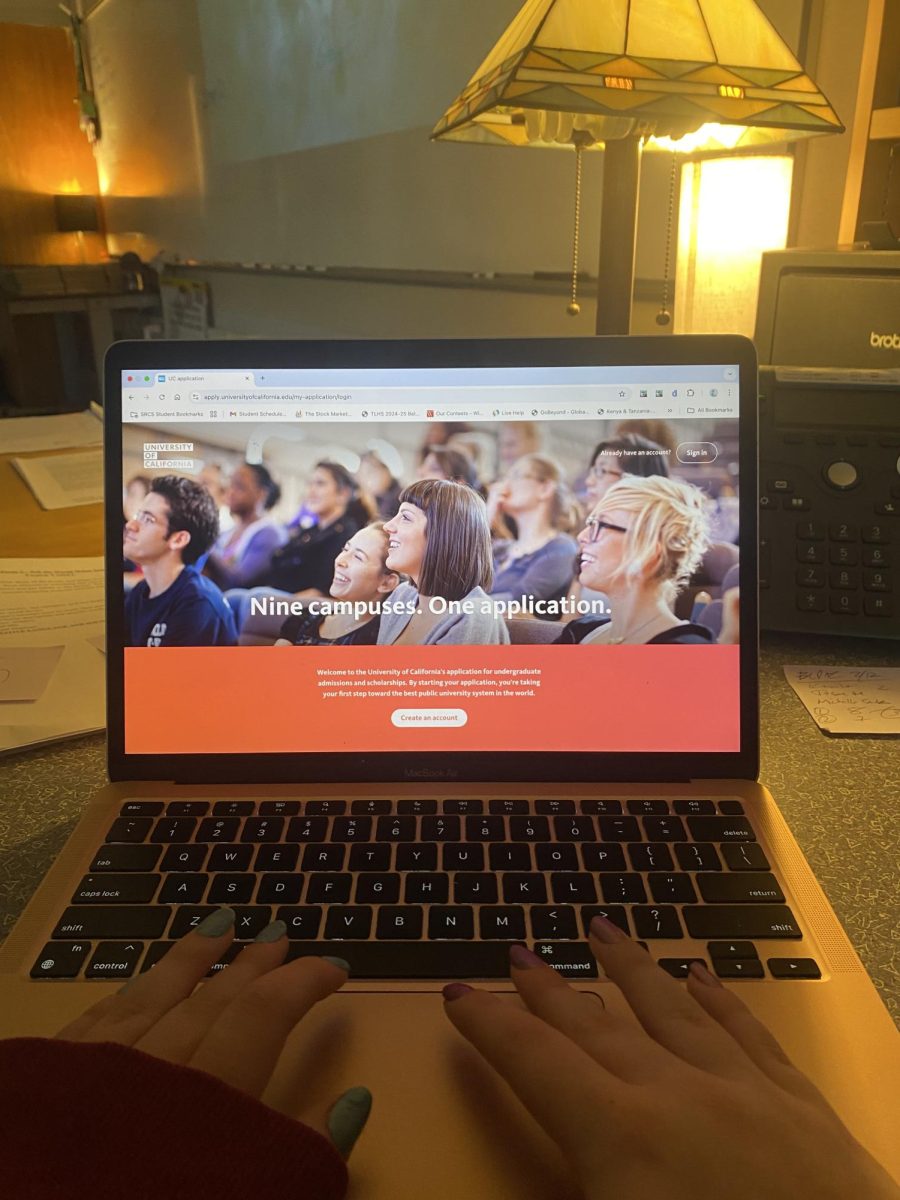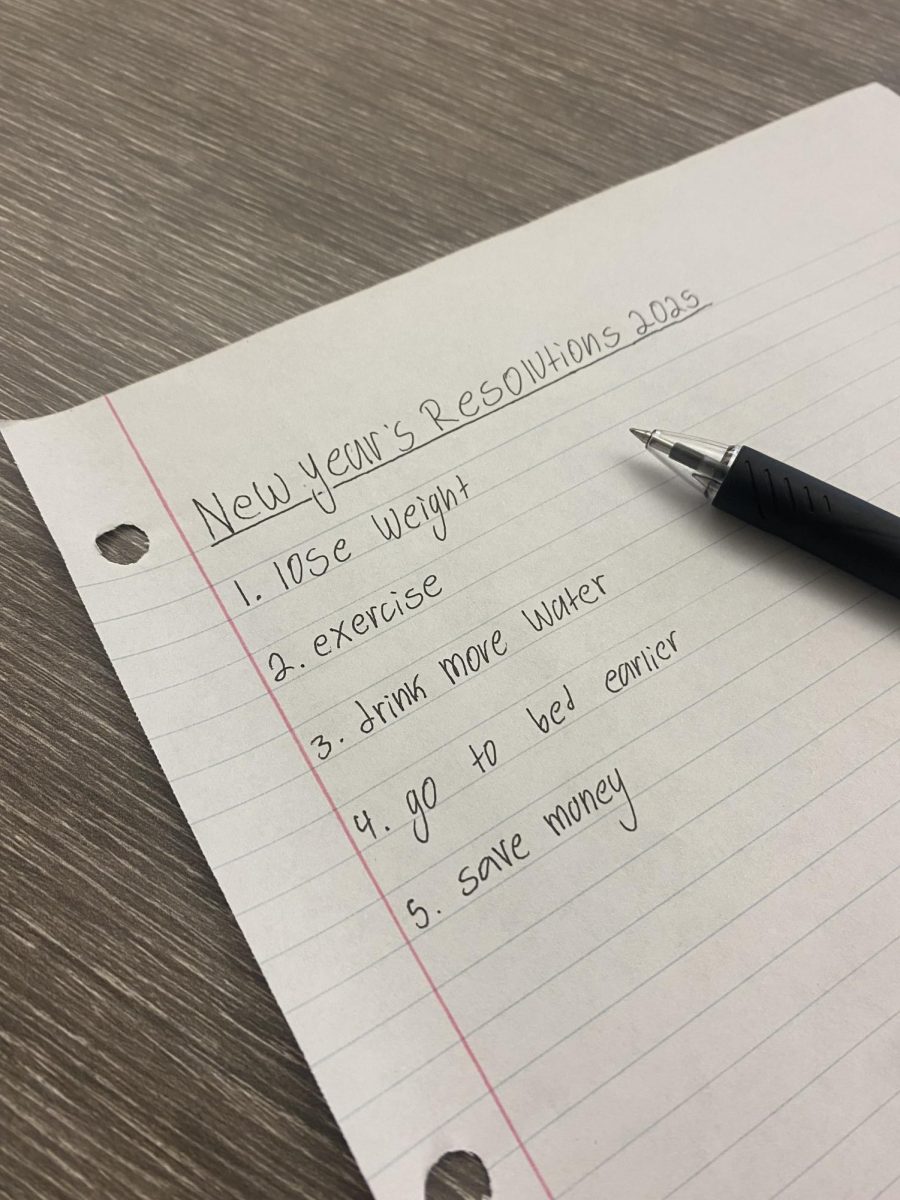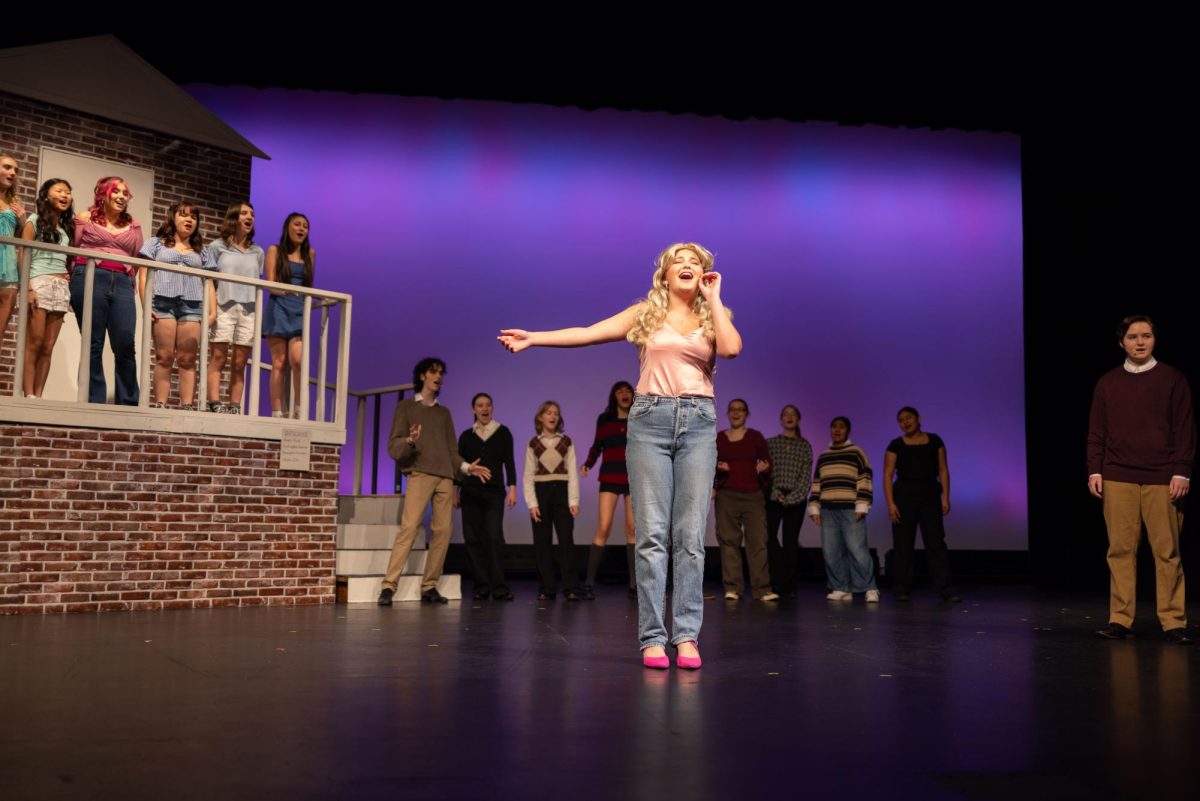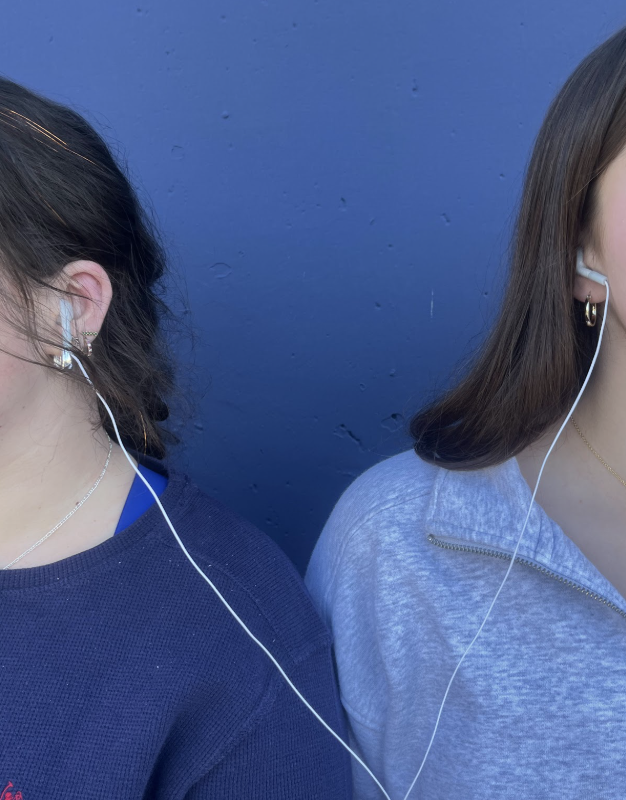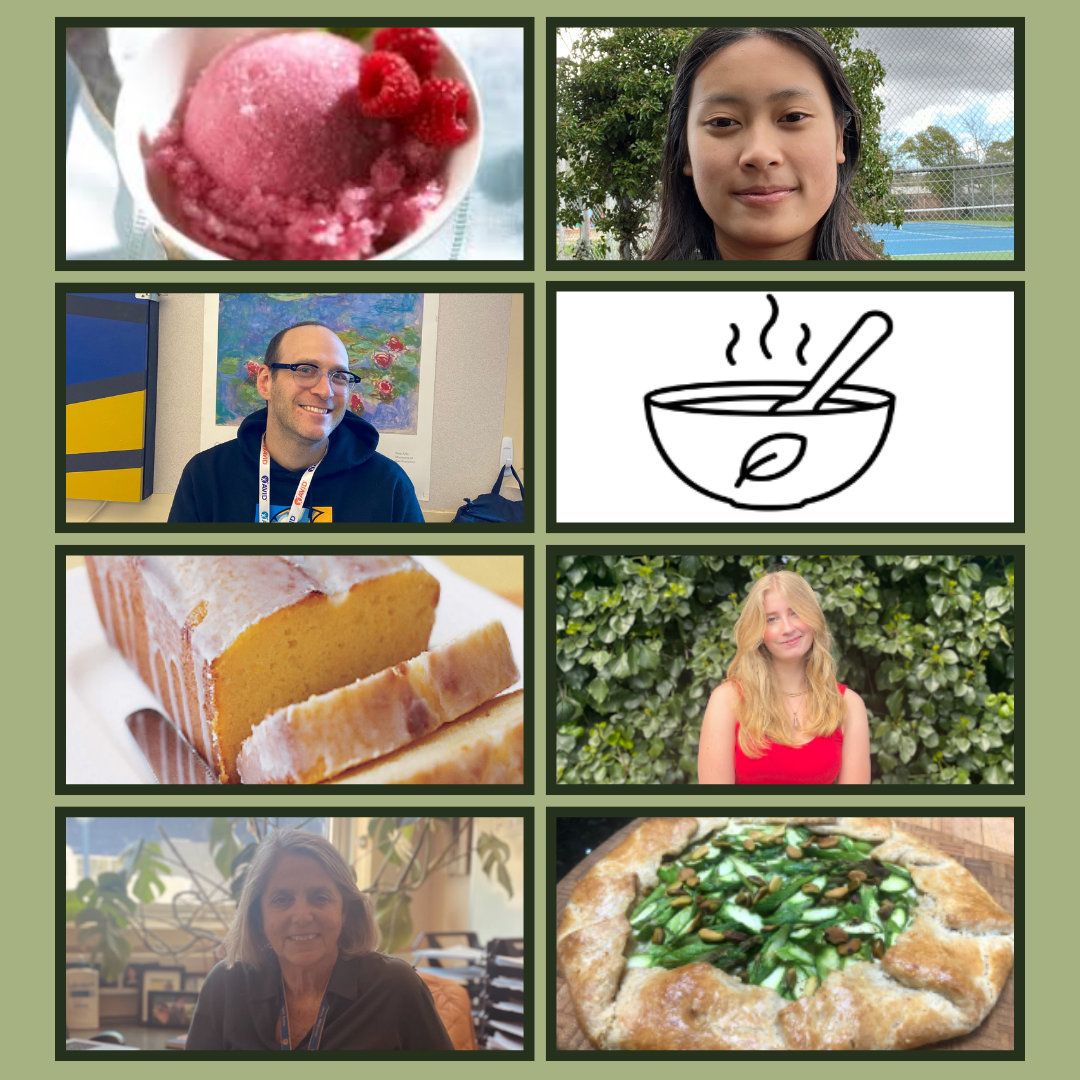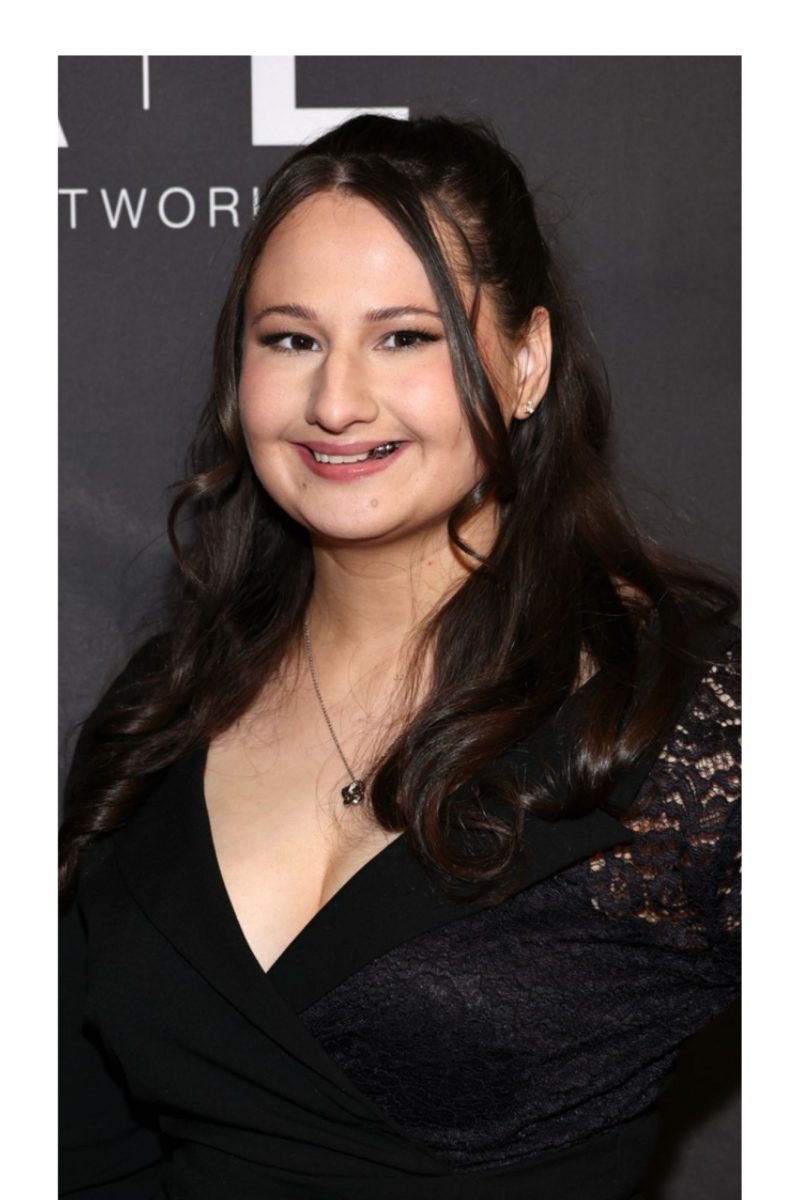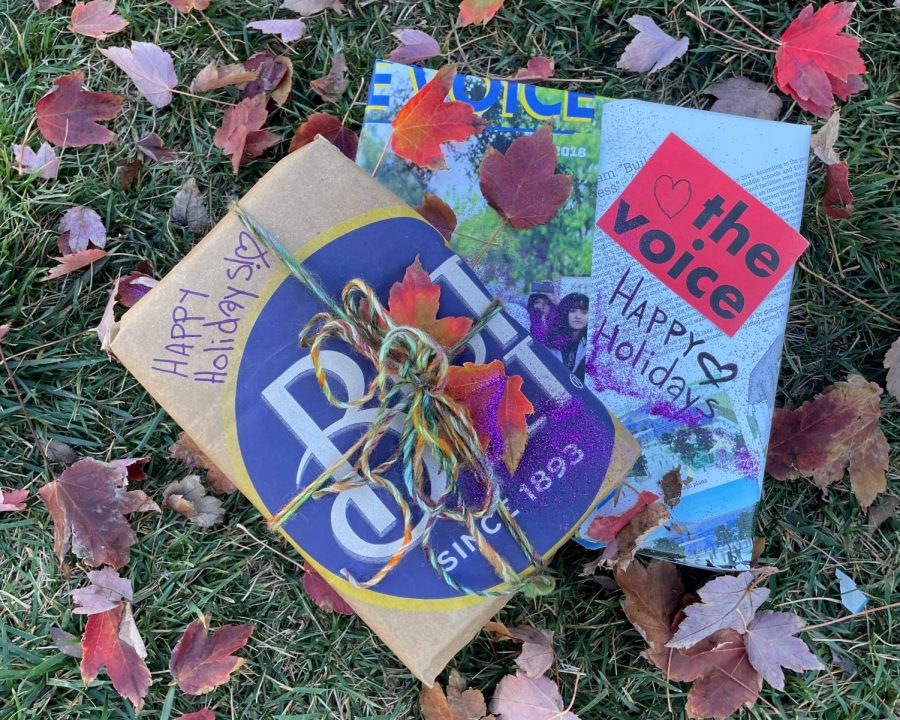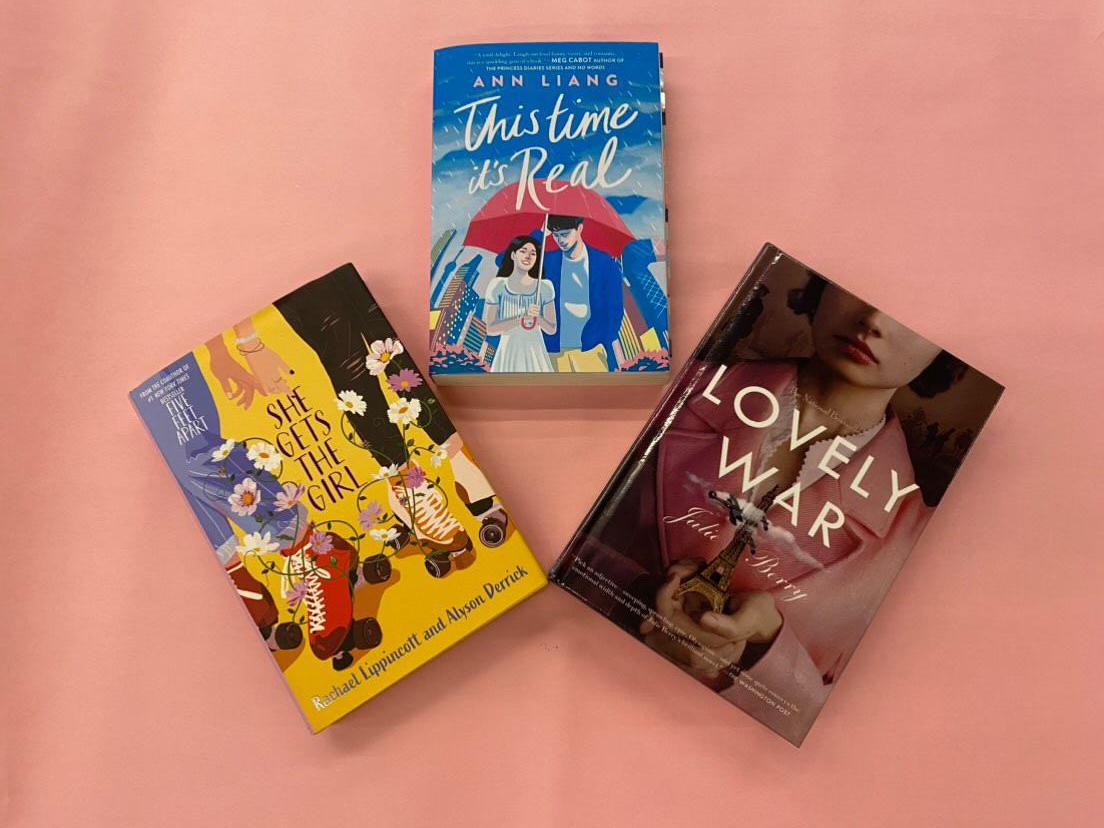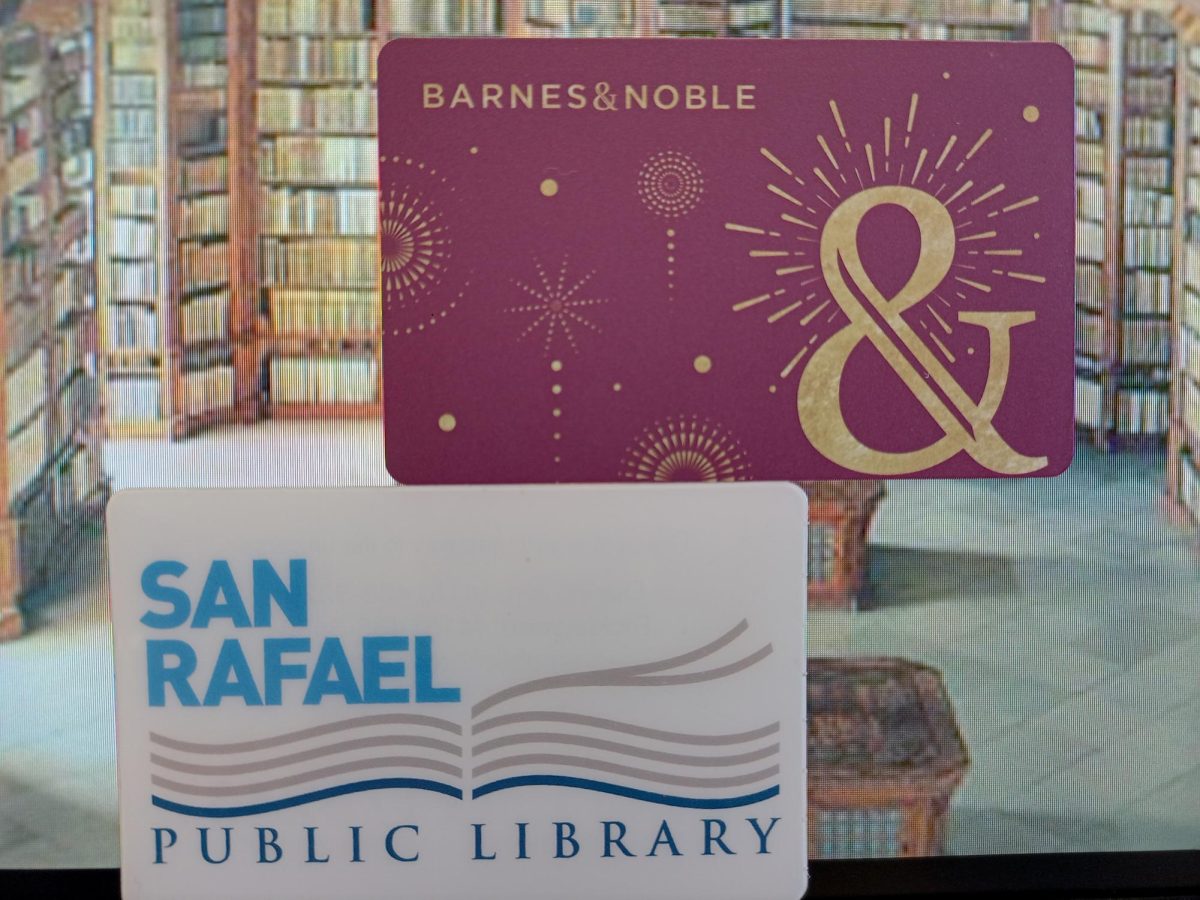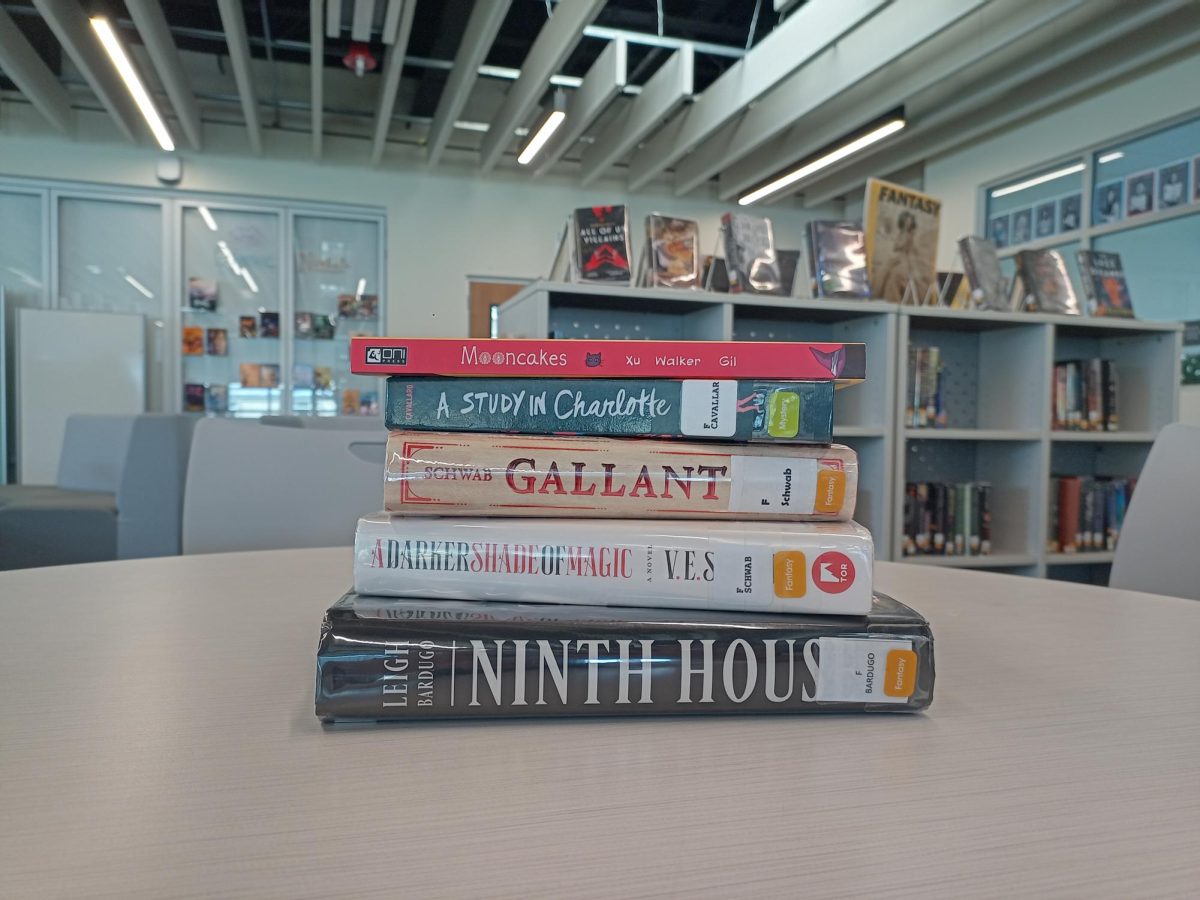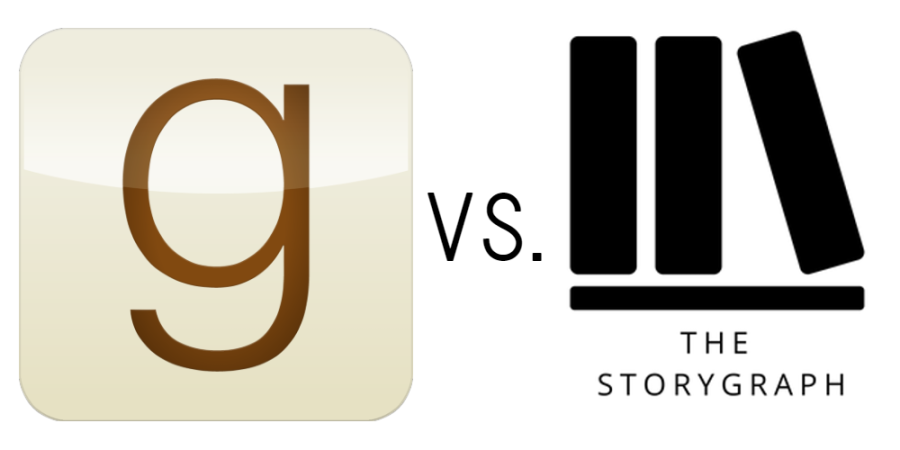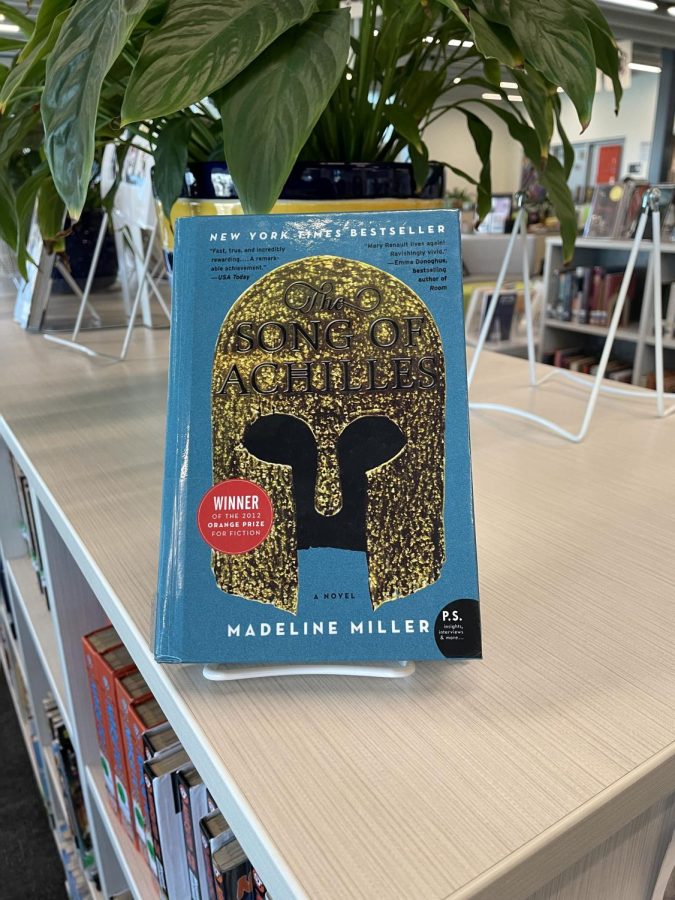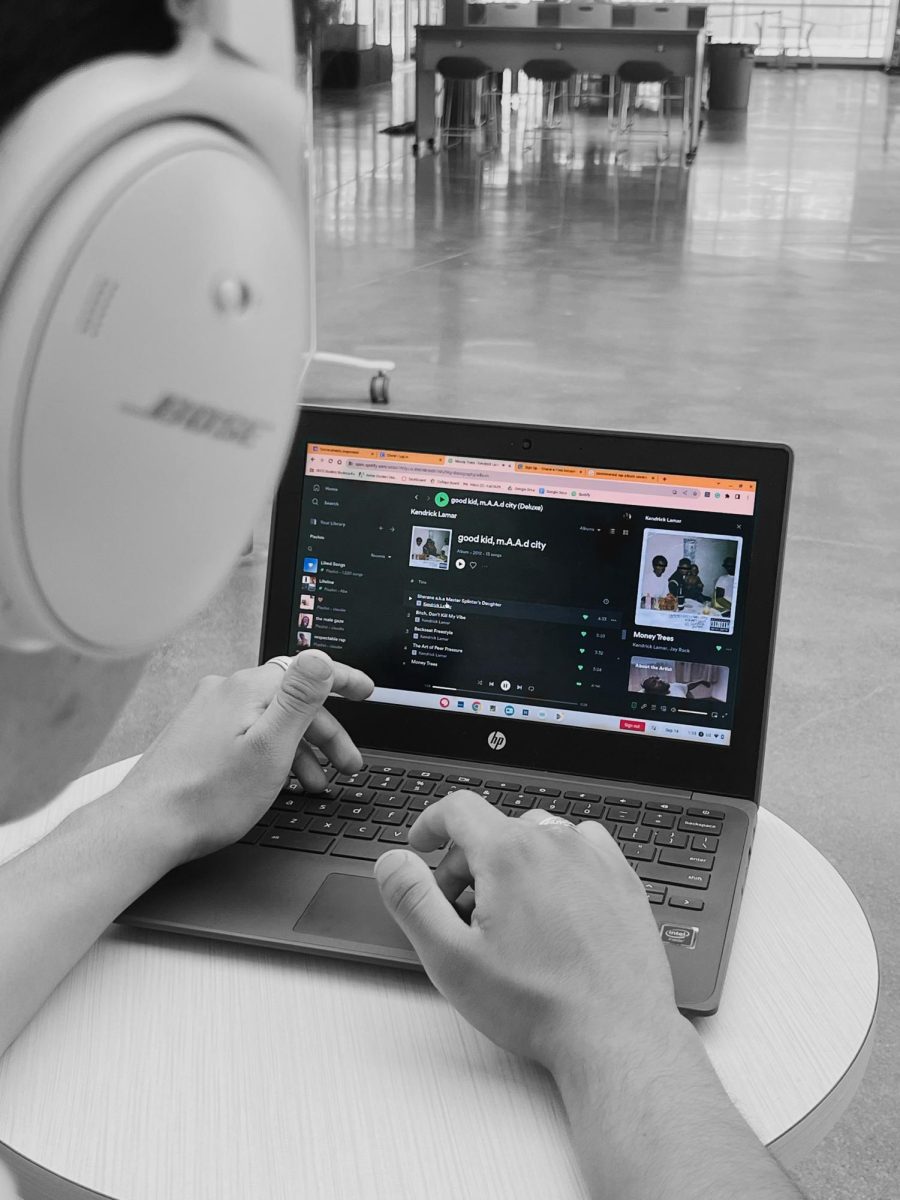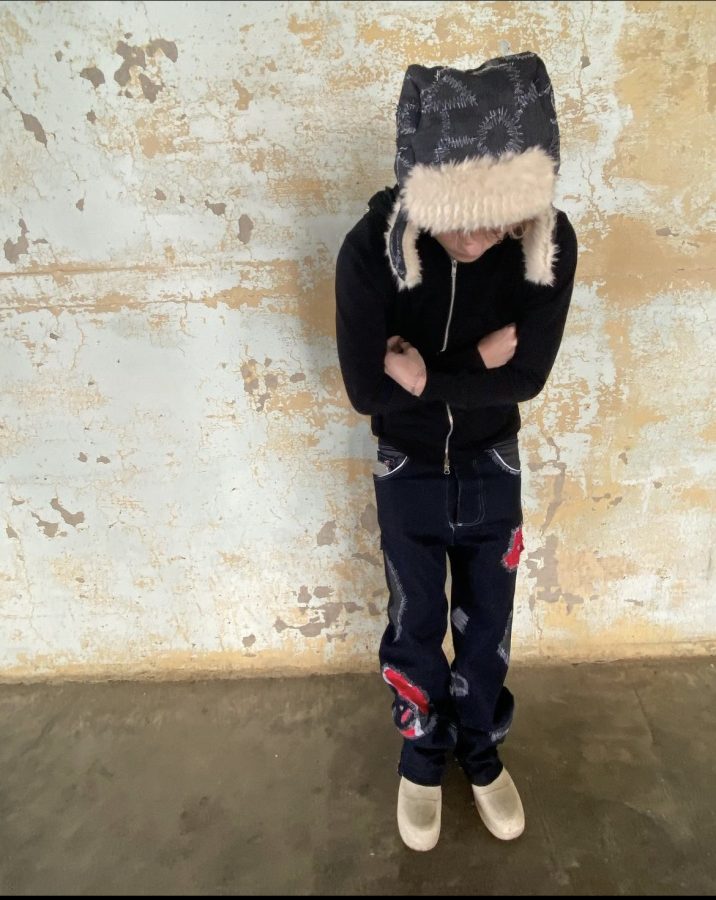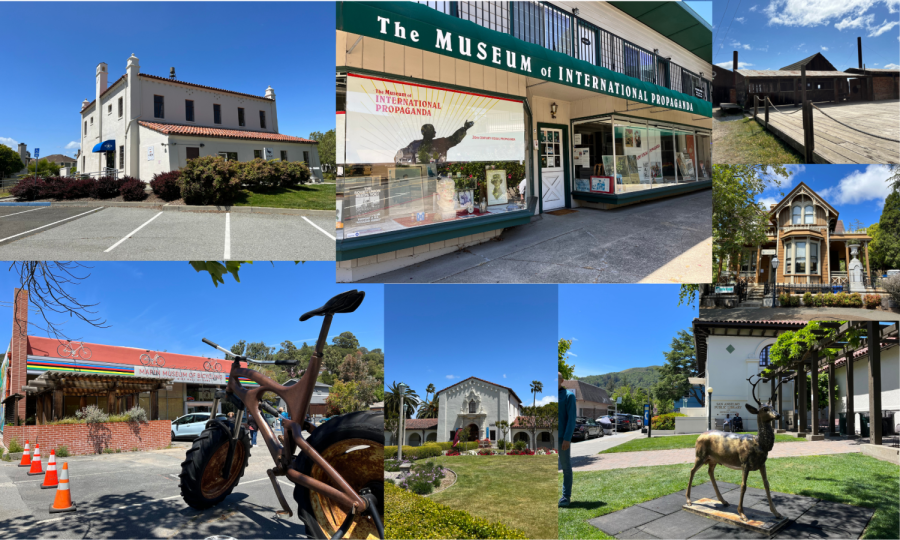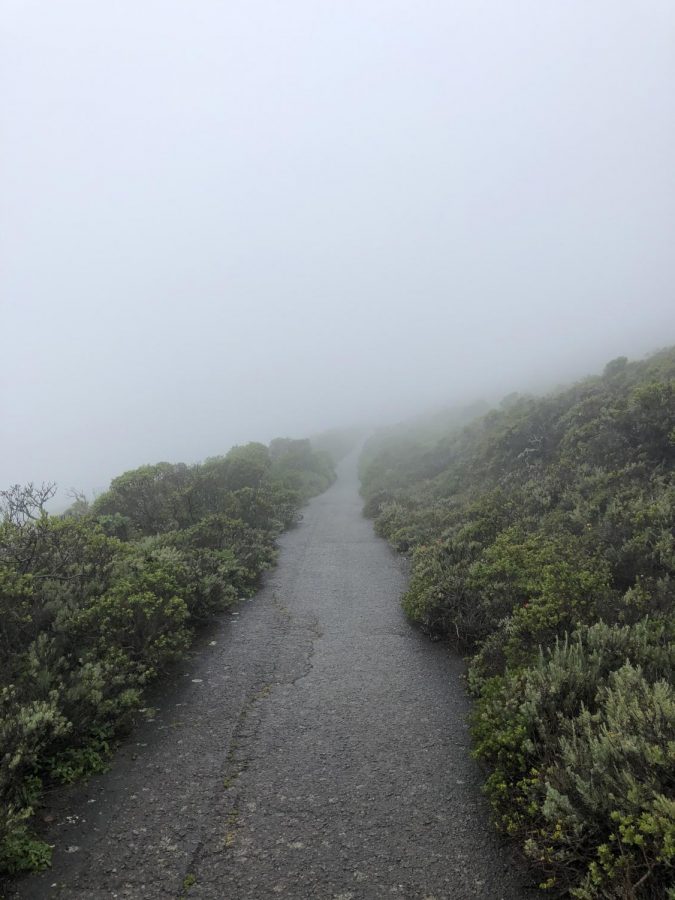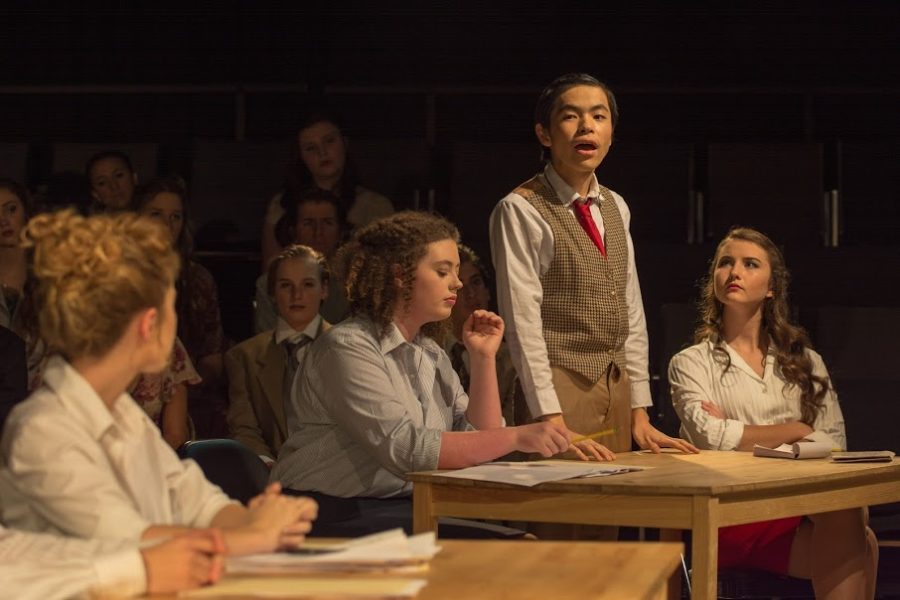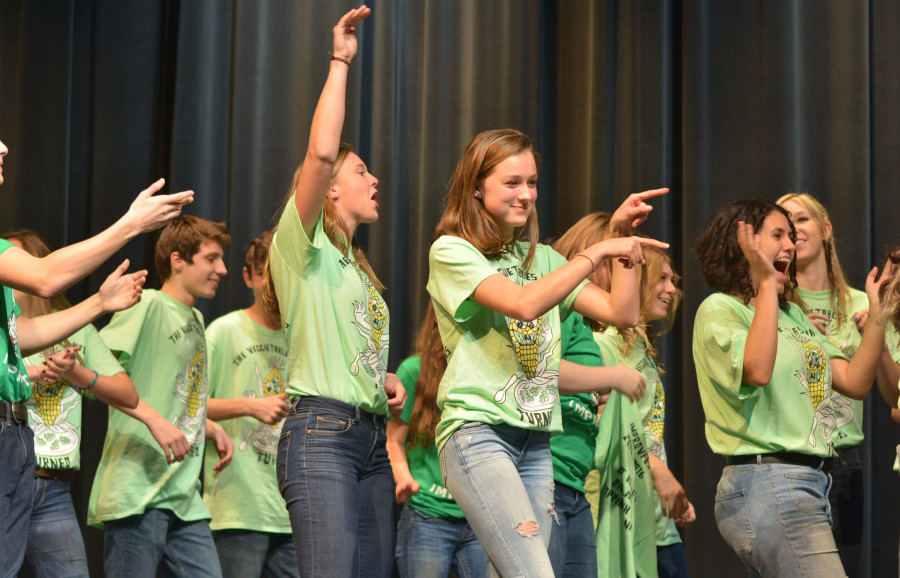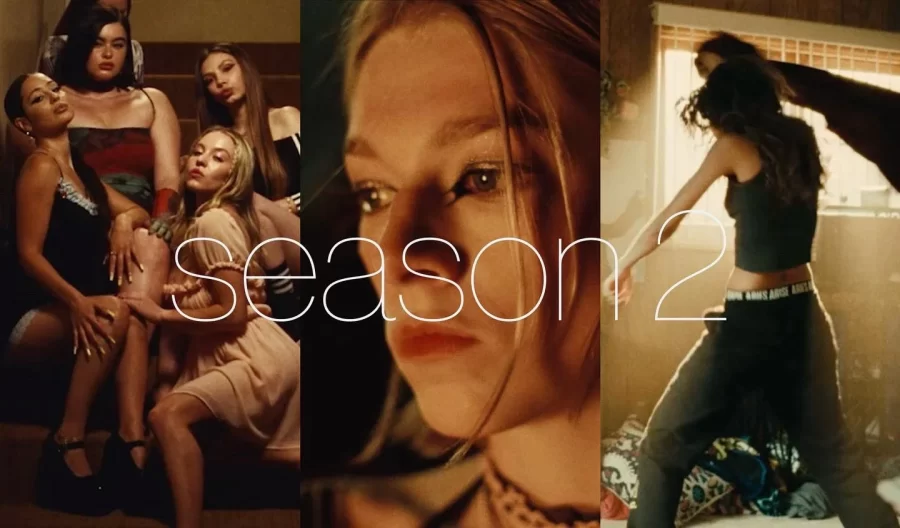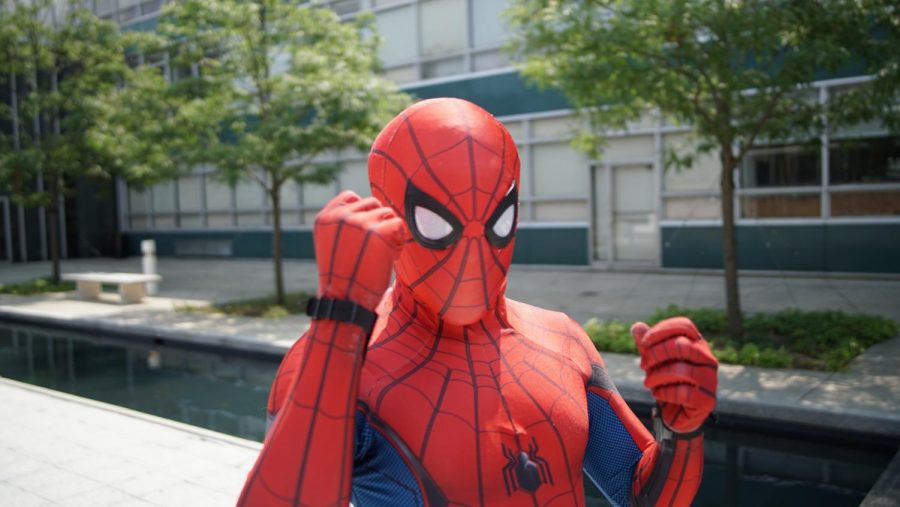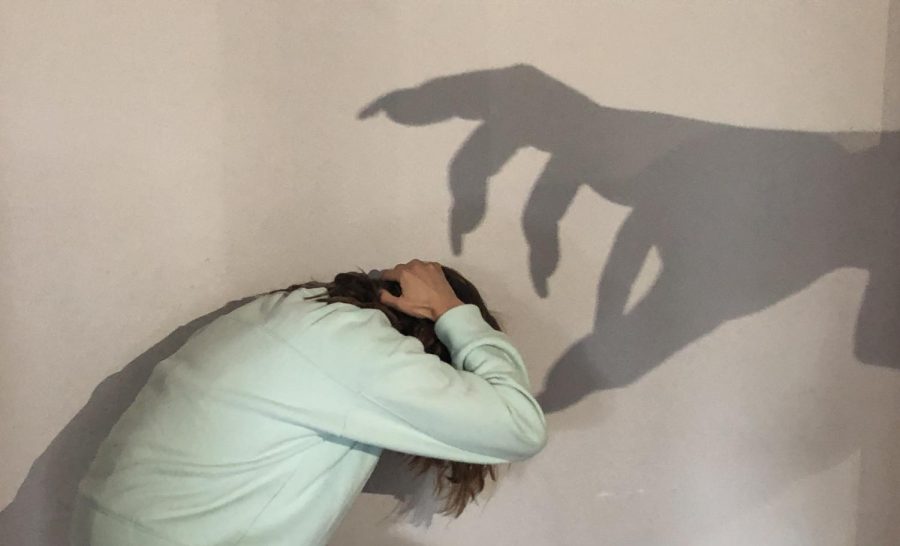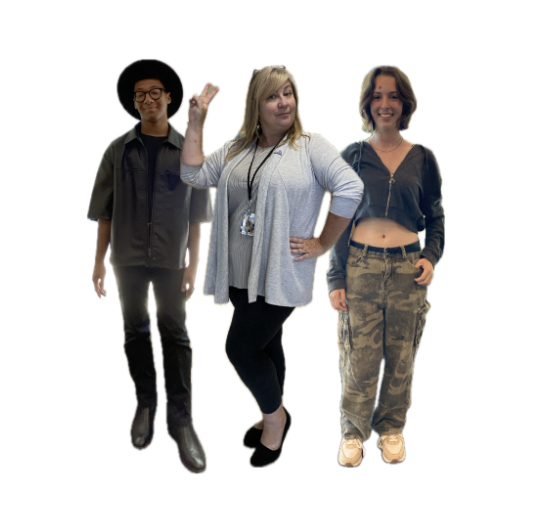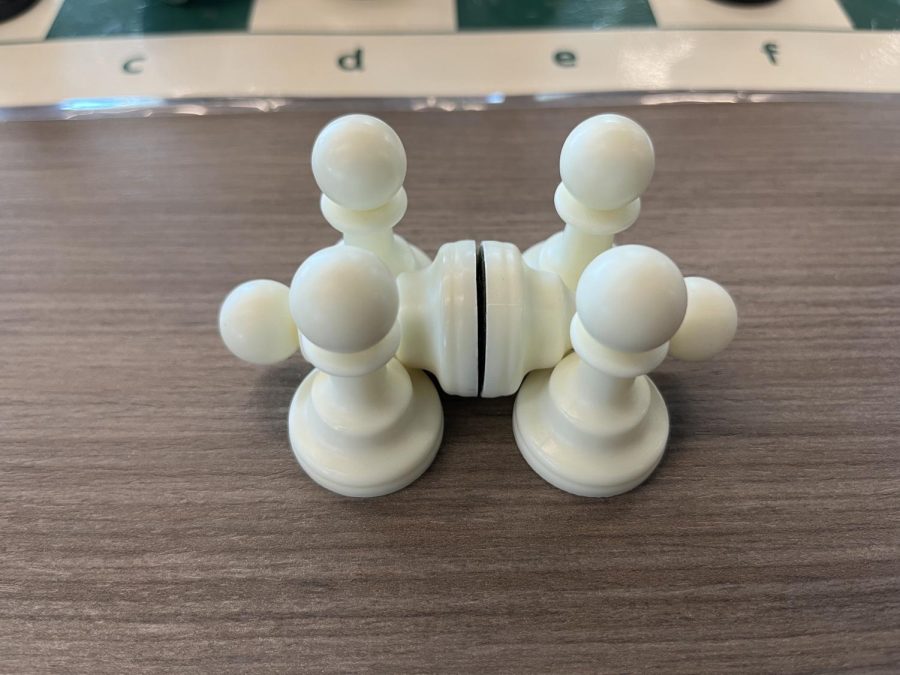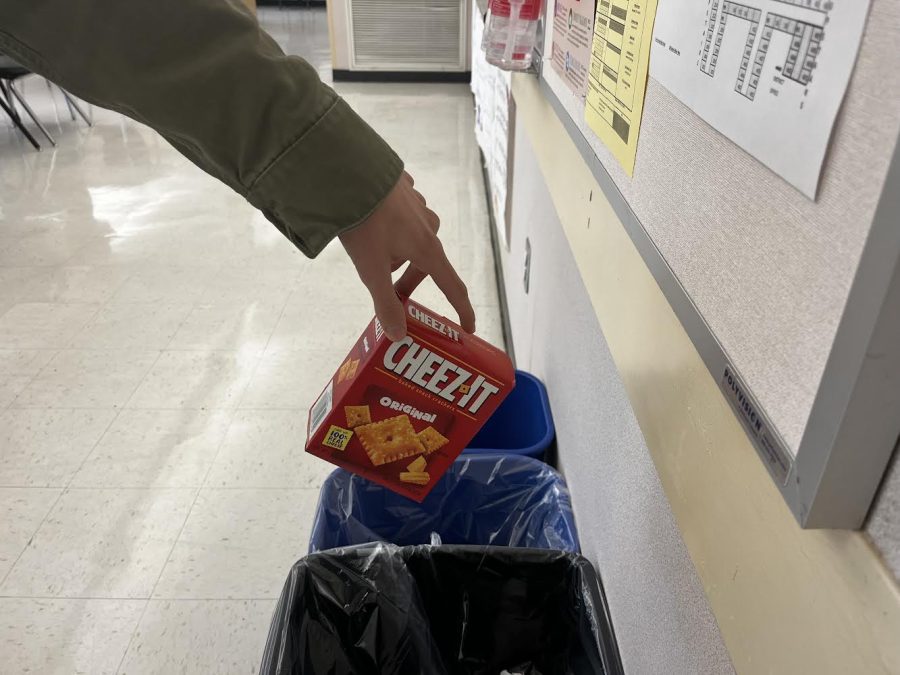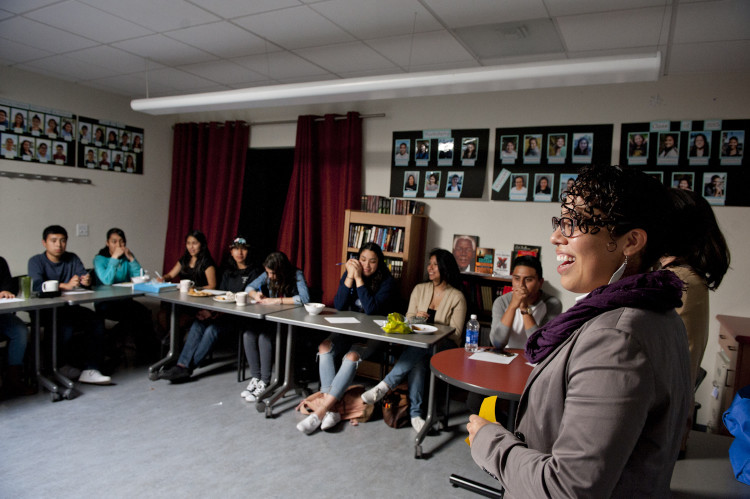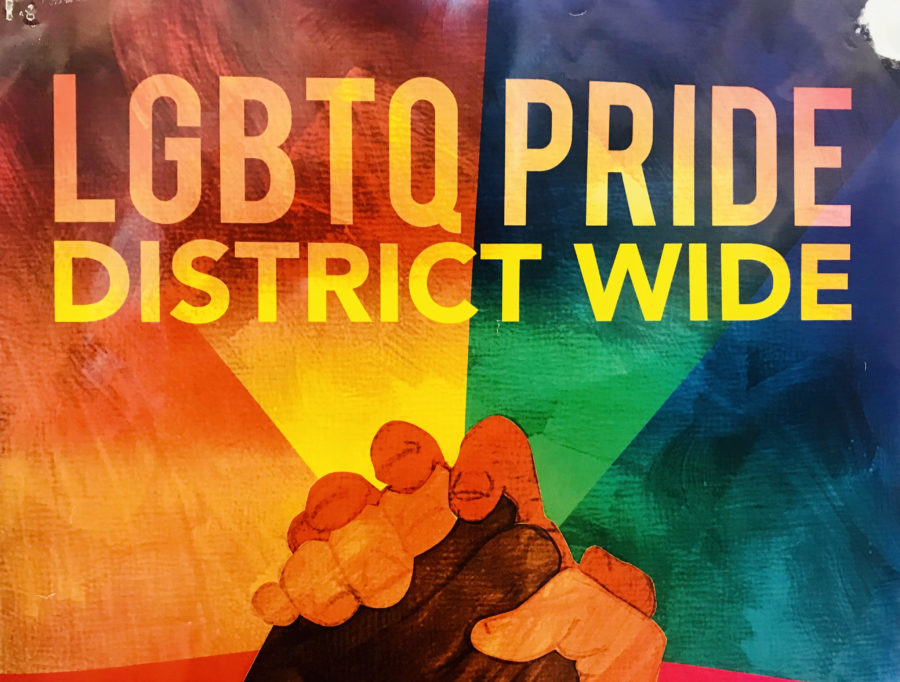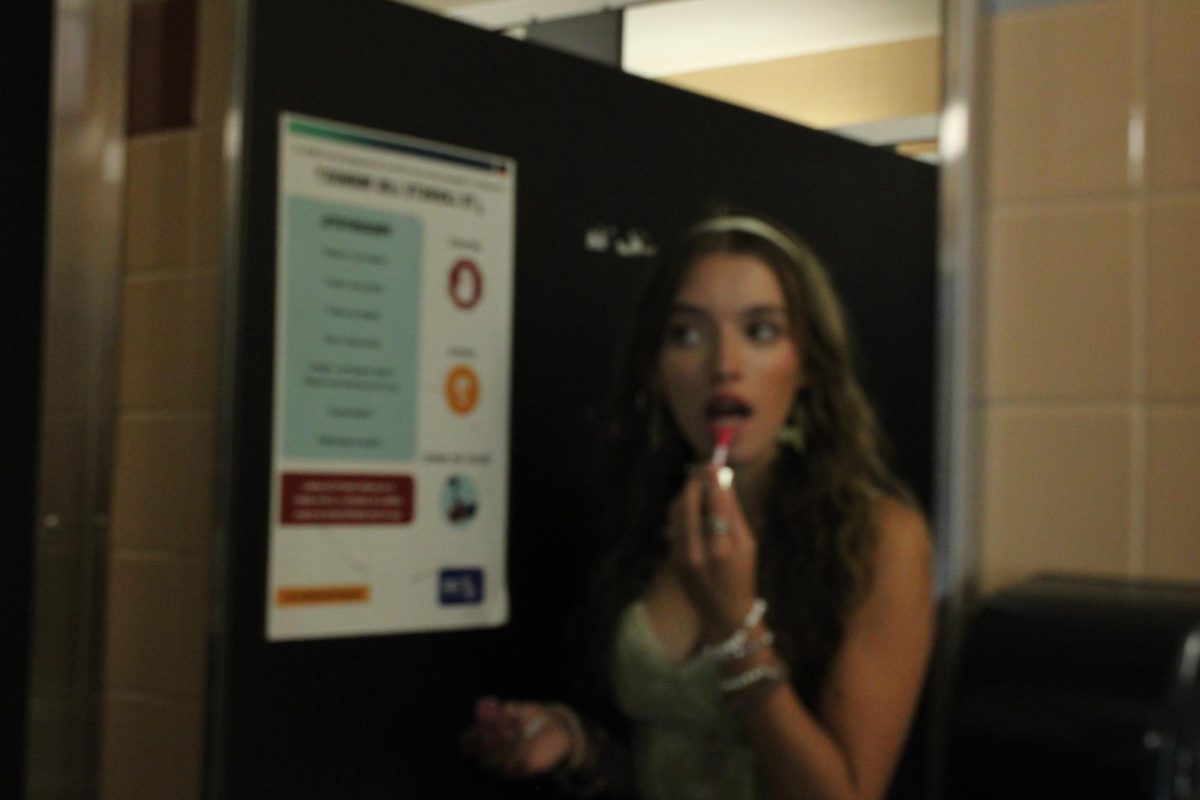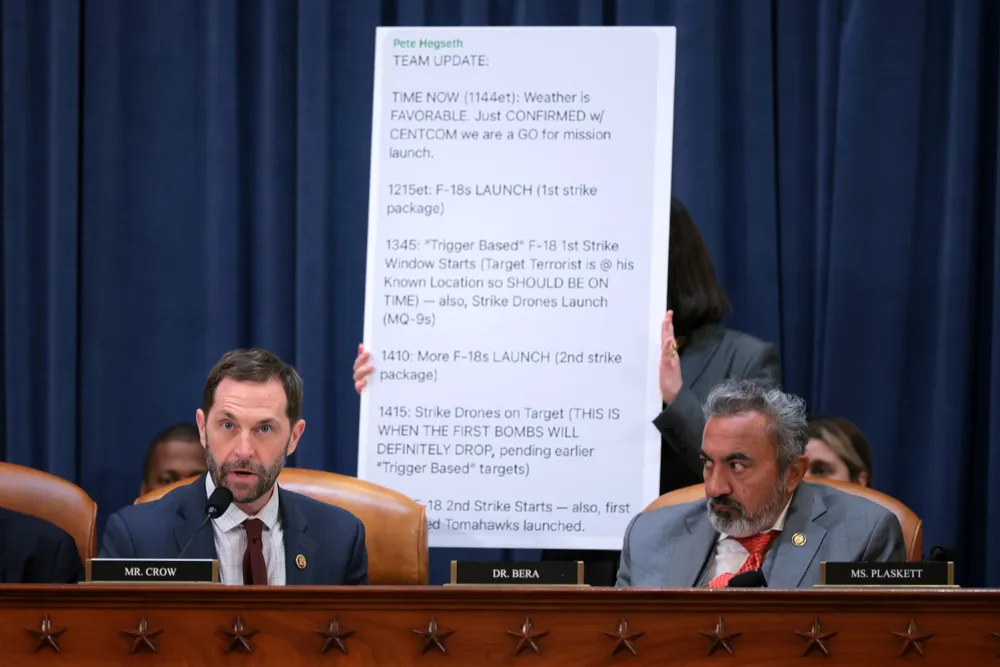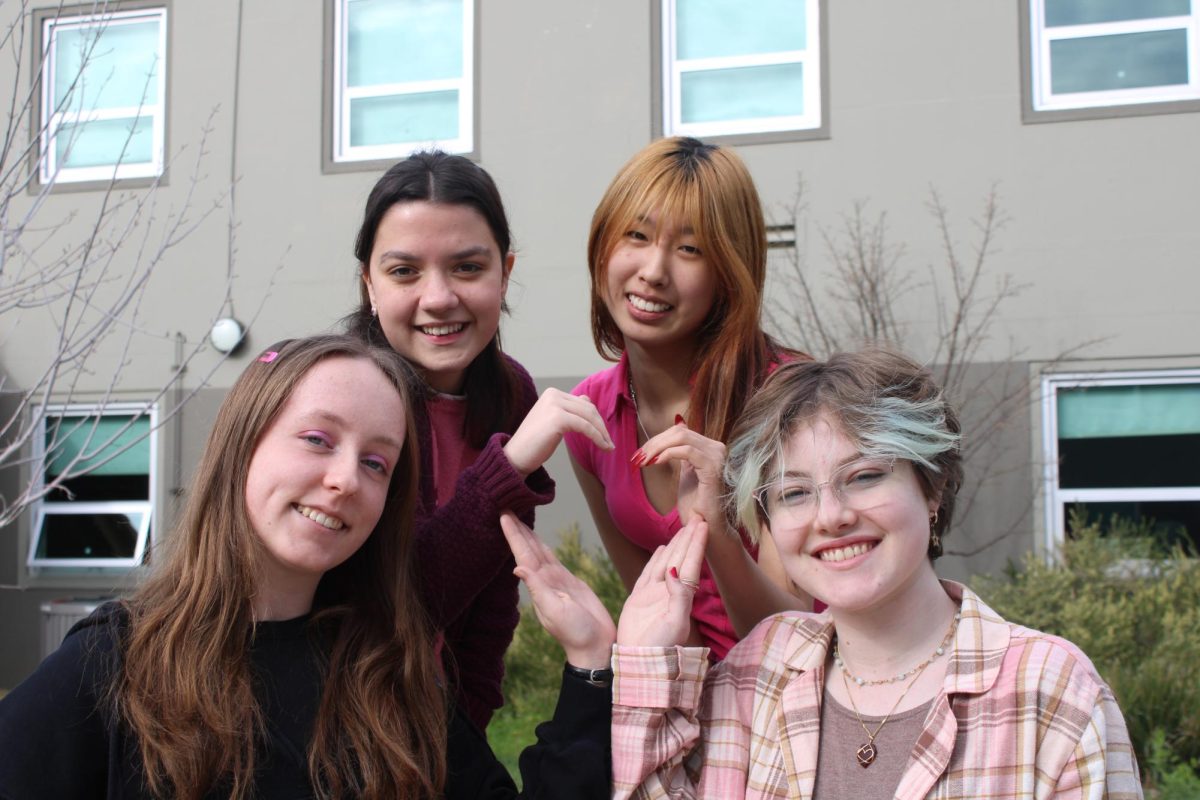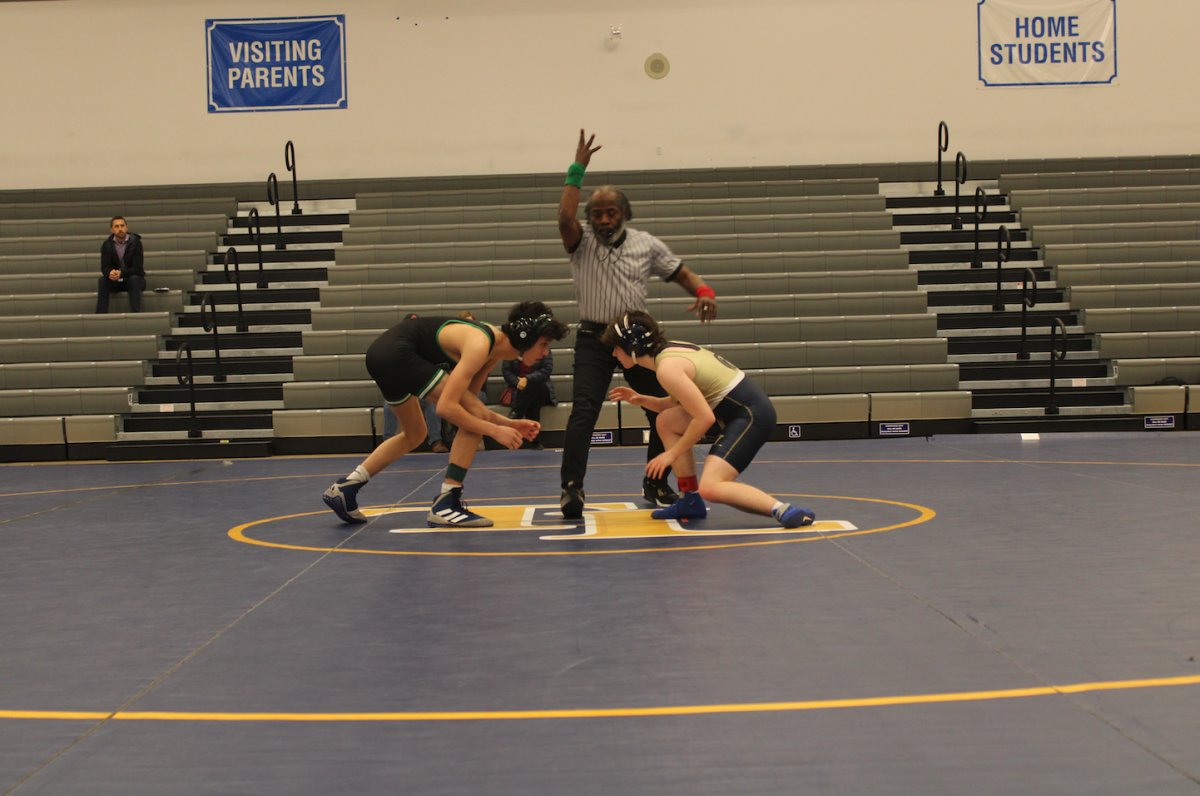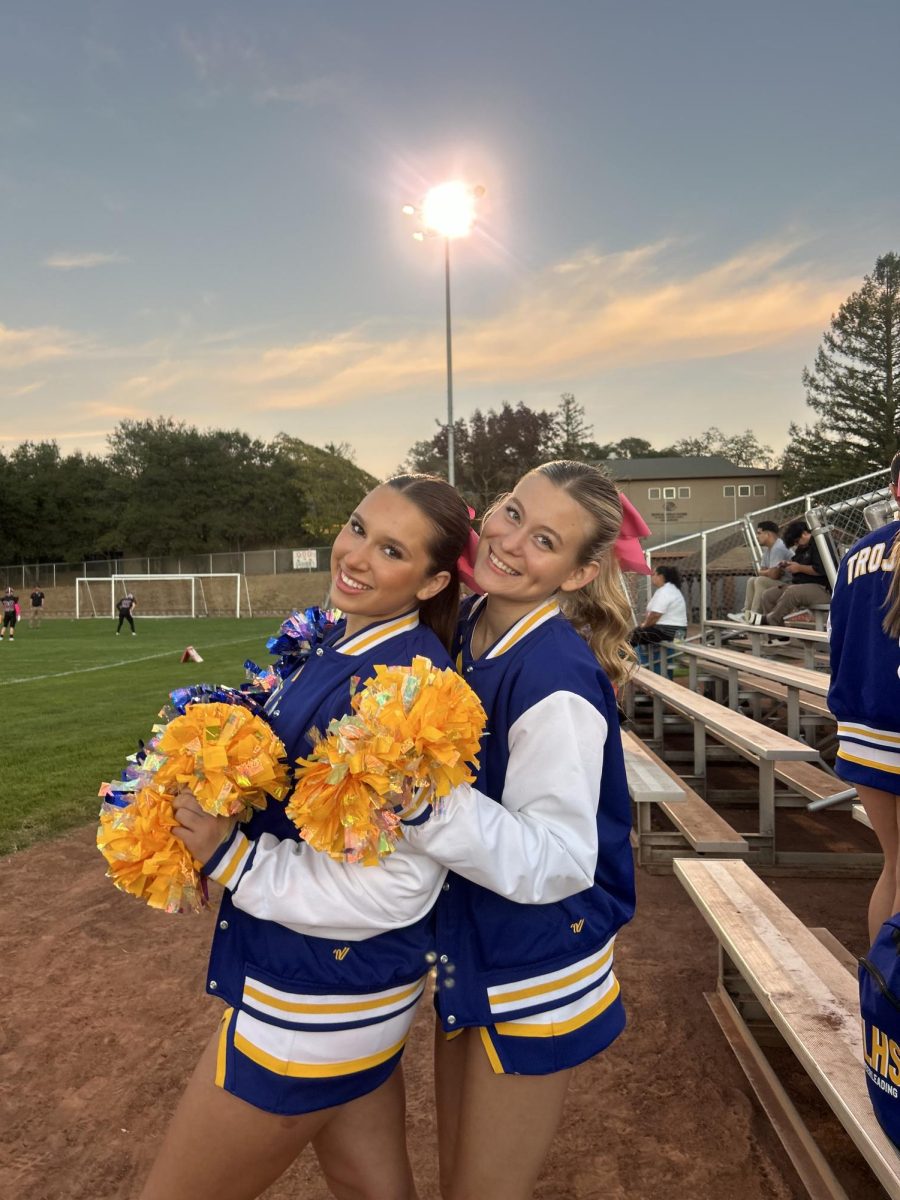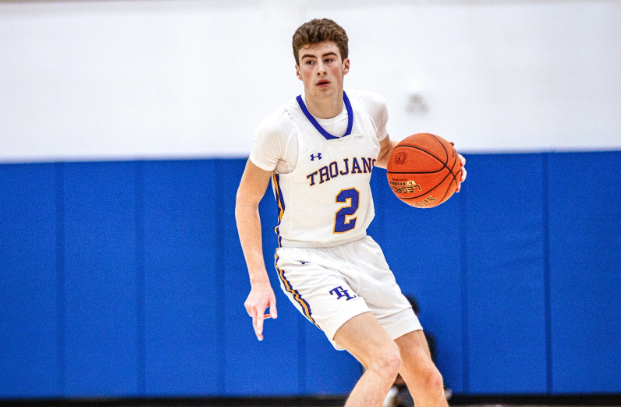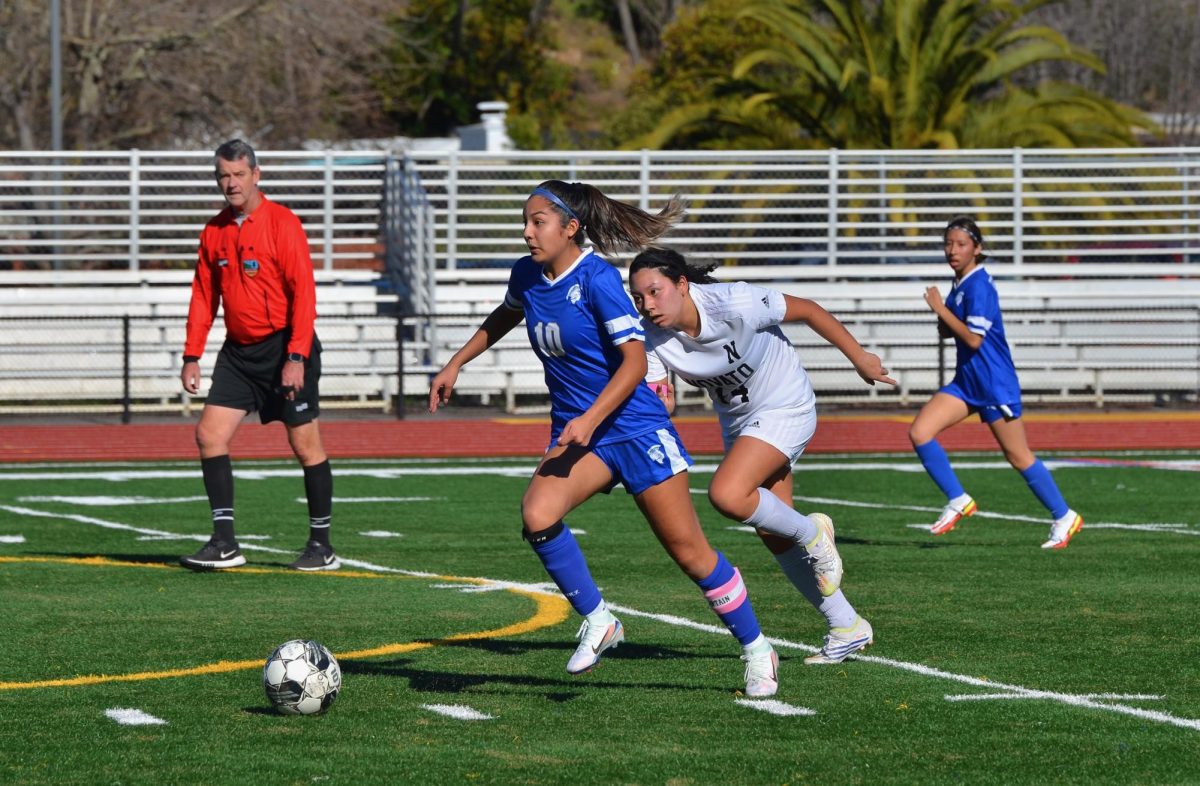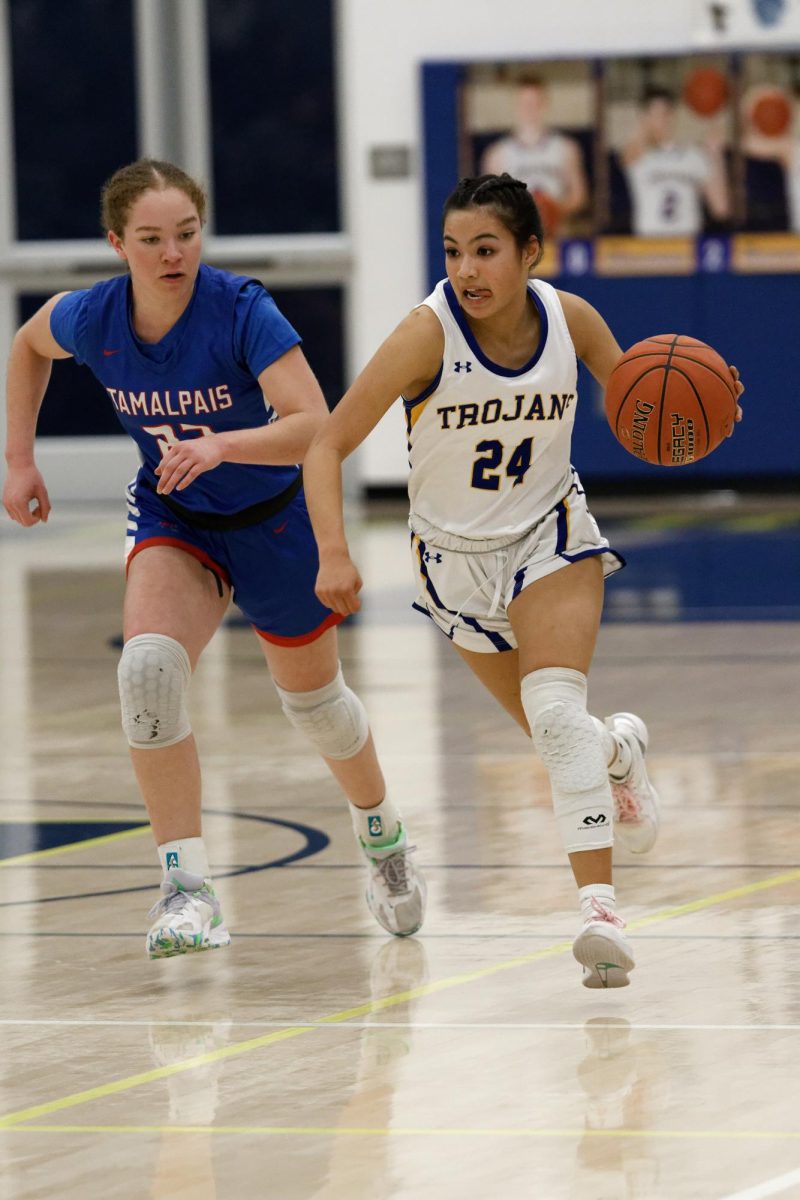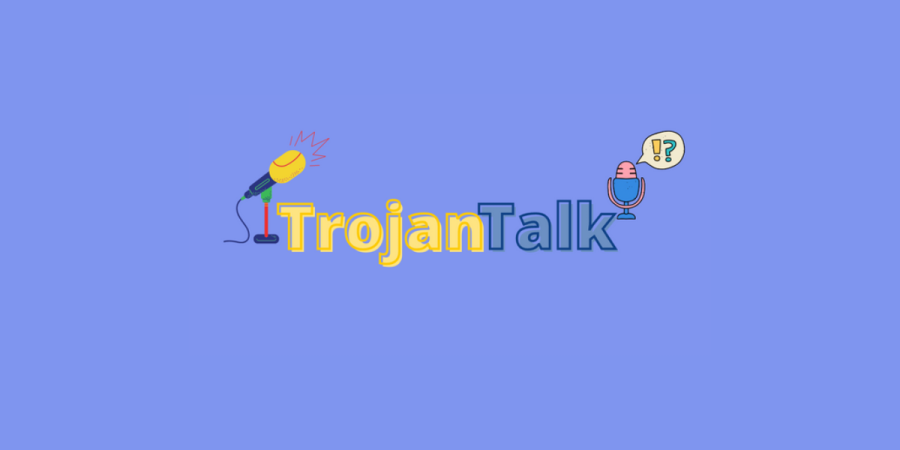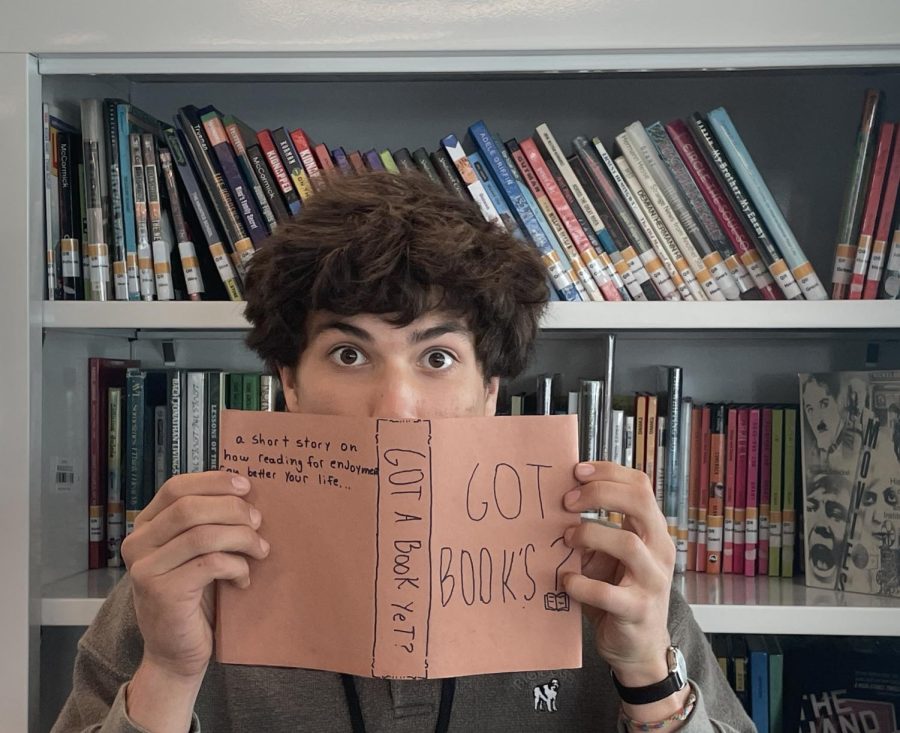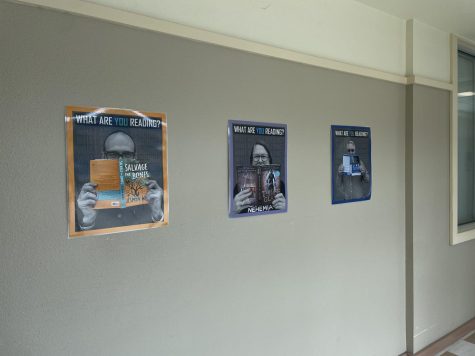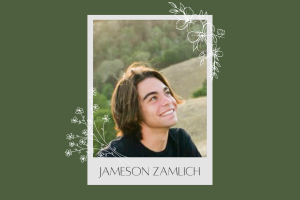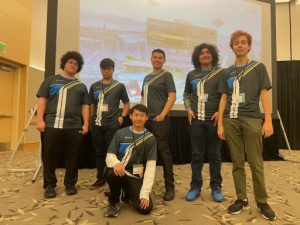Got Books?
April 19, 2022
Walking into a silent room when you’re late to class and not knowing what’s up can be disorienting– true for me, when the school-wide reading Initiative started. I asked my teacher what I should be doing, truly perplexed. After all, I had to get my physics homework done. I found myself following protocol and cracked open a book purely for enjoyment purposes, which I hadn’t done in years.
The whole room felt off. I could see the frustration in some people’s faces, knowing what they “should” be doing, yet felt forced to do something they’d rather not.
I took a headcount of people who were truly reading during this time, and it was 10 out of the 24 students present. The class was filled with rows of people glancing up and down from their books. My knee-jerk reaction was the same, initially. This was until I found an engaging book, Ready Player Two, by Ernest Cline, an exhilarating book about a dystopian future. Finding a book that you can actually enjoy can make all of the difference.
Finding a book that you want to dive into can be as simple as looking at the cover. According to Lindsay Ellis, book covers are a great way to let your imagination take grasp of a book. So if you carefully examine a book before reading it you can avoid disappointment and boredom. Another great way to find a book you enjoy is by finding an engaging genre. If you like Romcoms then a book about computer science may not interest you.
Walking down the hall, I noticed the posters promoting the Reading Initiative. While admiring the Graphic Design work, I bumped into Jameson Gilmore a junior, who helped create them. Gilmore, a graphic designer, believes that the Initiative is important, and, “More people need to read.” He went on later to say, “ During corona, kids weren’t reading and are definitely a lot worse at it.” Gilmore truly believes in the cause and would like to see more students start reading.
However, in the minds of students, there are many counterclaims. The time allotted to read at the start of the tutorial is 20 minutes. 20 minutes of silence to let your mind take a break and let your eyes take a walk along the page. It is true that the tutorial has been extended this year for an extra 10 minutes for a total time of 55 minutes. The allotted time to read takes up 36 percent of potential much-needed work time.
Gabriel, a junior at Terra Linda feels the brunt of this statistic every tutorial. He started off saying, “I think it’s pretty stupid,” and the time should be used, “to get work done.” Gabriel, frustrated like many, views this period as work time. Teachers also use this time for lots of one-on-one help for missing or misunderstood work, and the phone fiddling is ridiculous. If kids are reading, at least they are building their ability to focus and picking up something of value! And if teachers have to monitor gaming the time, no one gets anything done.
Due to after-school commitments, jobs, and lack of sleep, the tutorial is the only real structured time in the day to get work done. Gabriel went on to say, “Looking at a book for 20 minutes is just not productive.”
Staring and reading are not the same!
So how can we change this outlook?
Mrs. Rose, the head Teacher Librarian, began the School-Wide Reading Initiative and offered a new perspective on why we need to read more. So, I thought I would shed some light on this subject for my peers. Mrs. Rose does understand that the Initiative takes up a considerable amount of work time, but also believes the benefits outweigh the costs.
“Tutorials can be very hit or miss with students.”
She went on to say, “The students who really need it don’t…use it.” The idea of the Reading Initiative is to “give more structure to tutorials.”
The main goal of this is not to torment students, it’s to “create a culture of readers on campus.” With quarantine in our rearview, many of us are still glued to our screens. This formerly wasn’t a problem to be the case, and because of screen dependence, we have fallen into a mental health epidemic. Reading for fun has many more mental health benefits in the long run than death scrolling on your social media.
Mrs. Rose’s first challenge to overcome was ample access to books. Other than your English teacher’s classroom, books are sparse around campus. So she, and the rest of the faculty involved decided to give every classroom a small library bin where students can take and leave books for their peers to enjoy.
Mrs. Rose went on to say, “It’s proven that students who read for enjoyment will find more success in their academic journey.”
20 minutes twice a week may not even be enough to make a positive impact. Researching, Mrs. Rose found that any amount of time over 15 minutes spent reading per day will have a positive impact. “Reading something for enjoyment can help reduce stress, anxiety, depression and help prevent dementia and Alzheimer’s for young readers, as well as helps cognitive function and brain development in young people.
So, why not pick up a book?



